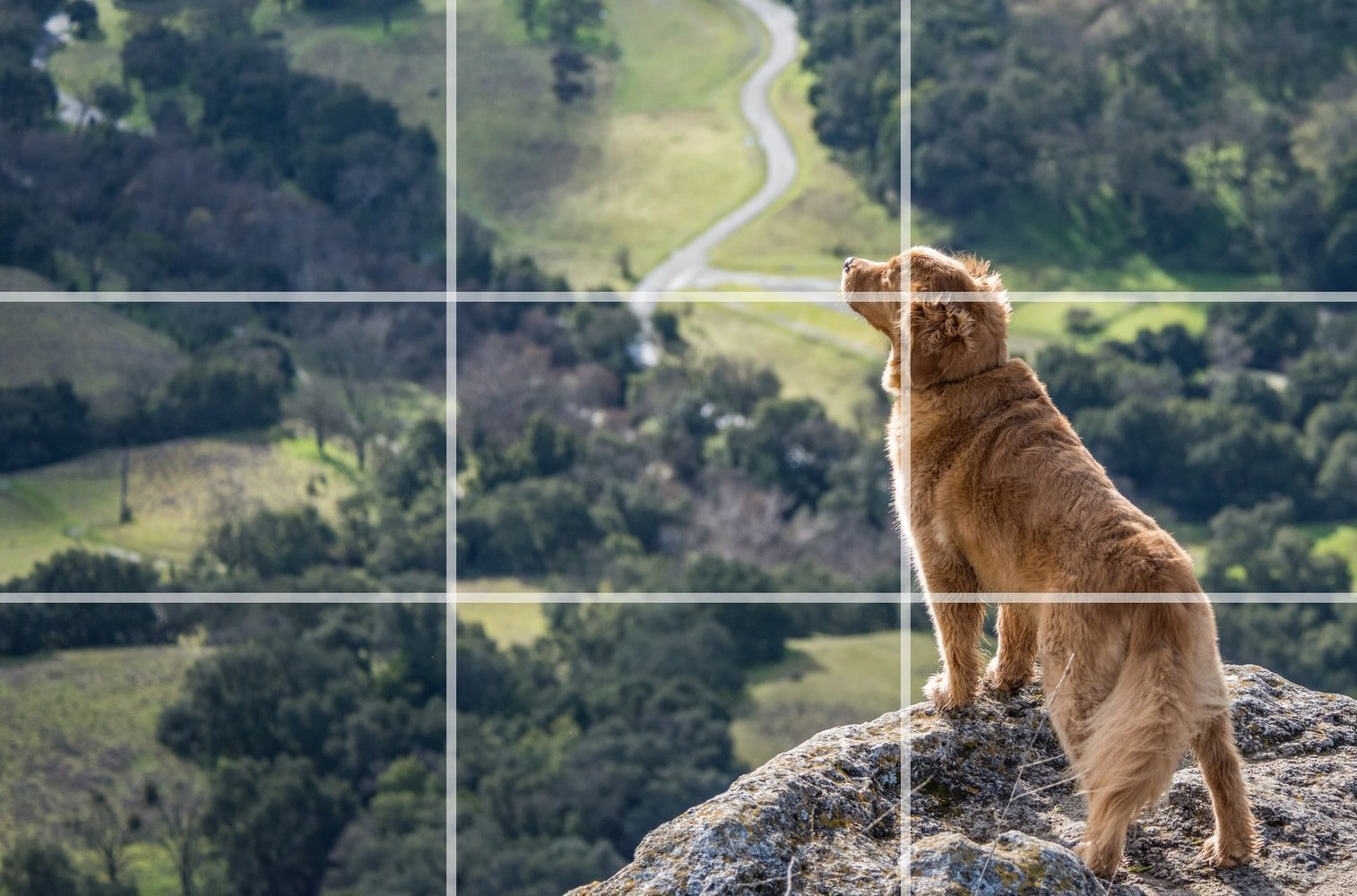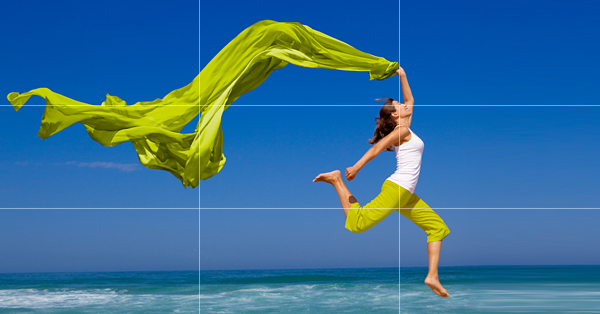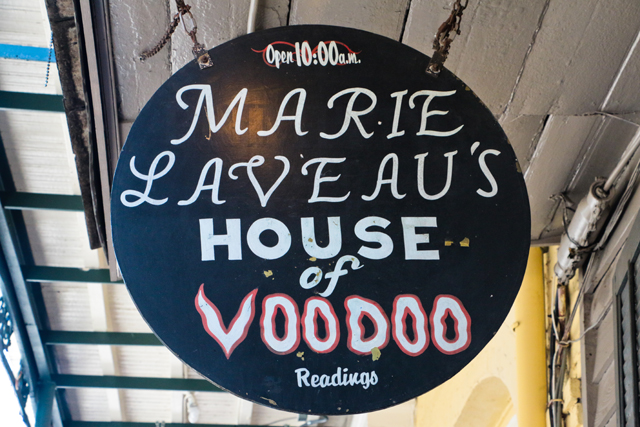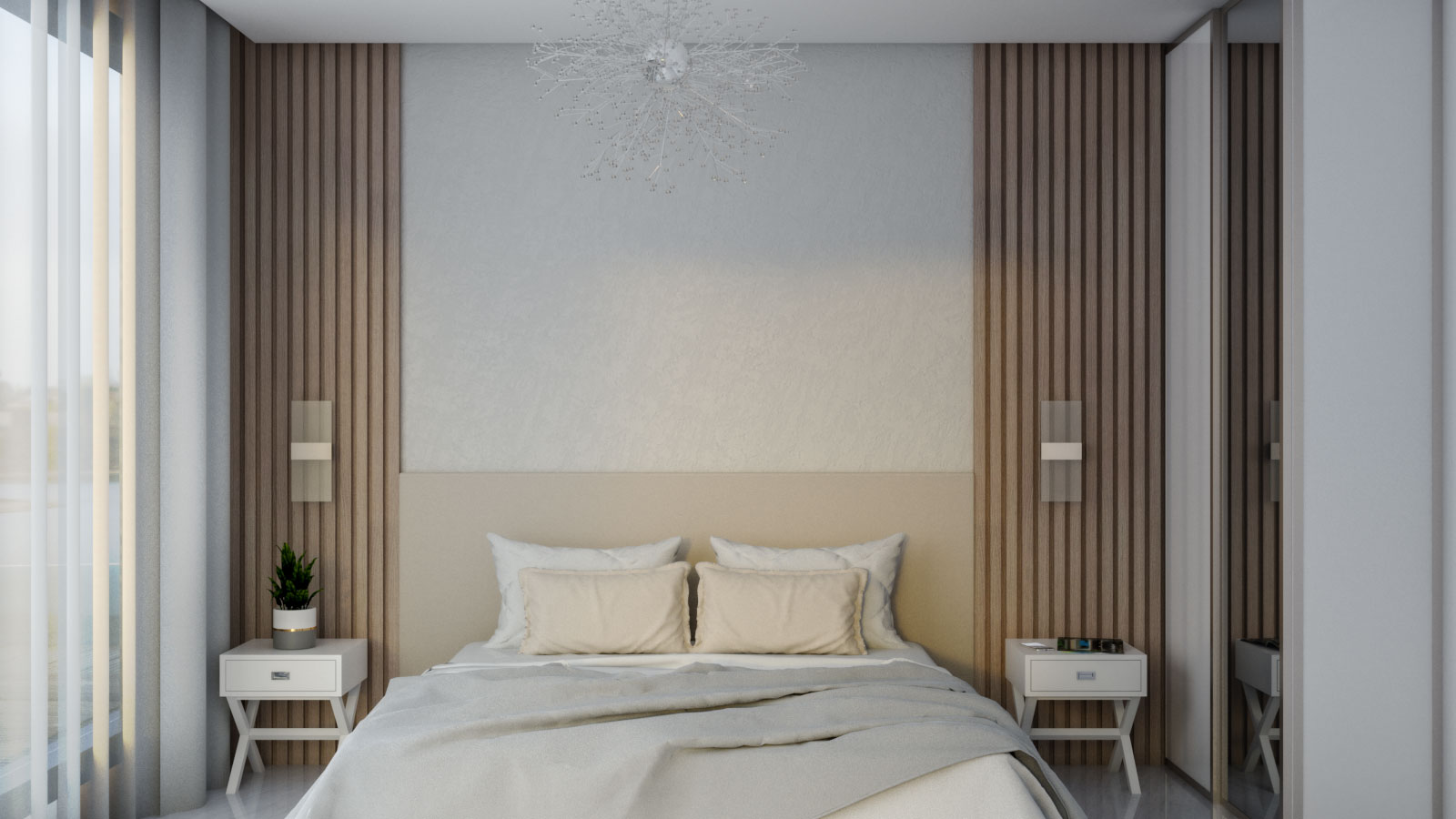Table Of Content

In the image below we see Thor lined up perfectly with the hot spots on the grid, as well as his hammer very close to the hot spot on the bottom left. To make a grid using the rule of thirds you must first know the dimensions of the image you will be using. Once you know the height and width, divide each evenly by three and place marks at these intervals on the top, bottom, left and right sides of the page.
The Visual Palette – Depth of Field
In the world of design, composition plays a crucial role in capturing attention and creating visually appealing artwork. In this article, we will explore how the Rule of Thirds is used in design and how it can elevate the overall aesthetic appeal of various creative works. Using the rule of thirds grid is much more than just dividing your canvas into 3×3 equal-sized rectangles. The whole point of this design guideline is to help you create an alignment that complements your artistic intent. In other words, the way you strategize the negative space around your subject using the intersection points benefits your overall structure. This is great because once you have a base template to work with, you can focus all of your energy on your design and content.
Eye-Catching Fonts to Grab Attention on Your YouTube Thumbnails (
Every element that you decide to include in your design needs attention. It's up to you to pick the most important one, and align it to the grid, giving it the ability to shout louder than everything else. So, it's difficult to design with the expectation that someone will find what we want them to see, without us having a hand in that. The human eye is the fastest muscle in the human body, which is where the phrase, "In the blink of an eye" comes from. Our eyes are constantly scanning, and processing information, and are designed to keep us safe.
Best NHL Hockey Logos and What You Can Learn From Them
Establish an upper-left to lower-left flow with the most important information in the top left followed by the next important point on the bottom right. If you’re working on a symmetrical piece, use the rule of thirds grid to find the precise center for your main object. If you’re aiming for an asymmetrical design, achieve balance with the help of the rule of thirds by placing points of interest close to one of the four intersections. Put more on the right or the left side rather than the middle to create an attractive design. Create a rule of thirds grid to structure your design along its lines. Use the grid lines to position elements on your canvas and put them in an order that makes it easy for viewers to take in the information instantly.
Everyone can use basic graphic design skills. Here's how to learn. - Mashable
Everyone can use basic graphic design skills. Here's how to learn..
Posted: Fri, 19 Feb 2021 08:00:00 GMT [source]
Julie is also an award-winning digital artist and photographer who has a deep passion for fine art and conceptual photography, having exhibited in galleries in Europe, USA and Australia. See more of her work on her Website Juliepowellphotography.com or on social media. For example, placing the subject directly in the center of the frame can create a sense of symmetry and stability, while placing the subject off-center can create a sense of tension and movement. Look at design elements from up and down to see which third of your design area you want to place the heaviest visual elements. This excellent example of web page design using the rule of thirds is proof that it takes the simplest decisions to create the strongest visuals.
When to Break the Rules (of Thirds)
Symmetrical architecture takes much of the guesswork out of composition — but you can maximize a photo’s impact by aligning the horizon or other prominent lines along your grid. For landscape shots with large amounts of detail, think about where you want people’s eyes to land — and then move through the remainder of the composition. If designing a PSA poster, event flyer, or other piece of collateral, think about conveying the key points of information as close to the central intersections as possible. This Breitling watch web design does a great job at balancing a potentially messy webpage with many elements in one screen. Here, Sport Leverage has placed the menu in a great location, easy for the user to quickly notice while still keeping their logo and slogan in key spots for quick recognition and comprehension. This makes it easier for the user to accomplish their goal on the site or app in a visually appealing way and without being overloaded by non-essential information.

Find Your Balance
Learning about rules such as this (and the Golden Ratio, of course) will improve your art and design. If you want more input, check out our roundup of top how to draw tutorials, and this guide to the painting techniques you need to know about. Always contemplate how your design elements interact with each other and the overall composition. For instance, if you’re creating a design for a billboard, you might need to prioritize visibility and legibility over strict adherence to the rule of thirds. Focusing too heavily on the rule of thirds can sometimes lead you to overlook other composition techniques that enhance your design equally. Be careful not to cramp your subject, especially when you want to create a sense of motion.
It works as an effective base from where the vertical and horizontal lines of the grid appear. If you have ever attended art school, done a course in graphic or web design, or gone through photography courses, you must be well aware of the principle of the rule of thirds in graphic design. The result is that each character gets equal consideration—that is, until the logo comes in and overlaps all four intersections.

The Rule of Thirds: Know your layout sweet spots
But by creating focus in spaces opposing one another, you can introduce drama or tension in your design. By pushing past the grid lines, you'll add a distinct look to your piece that is unconventional, immediately creating intrigue. The Golden Globe Award winning show Mr. Robot does this consistently in many of its shots. By placing the subject in the bottom left or the bottom right, the intensity increases the closer to the edge of the frame they are. As a designer, even I have to constantly have to remind myself that I don't actually need to put a chair in the empty corner of my room.
Photographers like Ansel Adams, Edward Weston, etc., knew those principles quite well, and I don’t believe their anti-rule quotes conflict with that fact. If you want to make photographs that look like everyone else photographs follow the same rules as they do. Of course, there have also been movements in art where certain principles–although not so much structural theory–were adhered to by a large number of artists.
Well, imagine something like a presentation folder that did something similar using die-cuts. Your front cover could work against the rule of thirds with design elements that exist “off the grid,” but when you open it up, it might reveal an even bigger design—one that satisfies the rule of thirds. When designers work against the rule of thirds, they’re still using that grid in some way or another. Think about our video example from The Brady Bunch—in the intro to this classic sitcom, we actually see the rule of thirds grid. But the characters themselves are all equally placed around the grid—nobody is actually touching the intersections.












